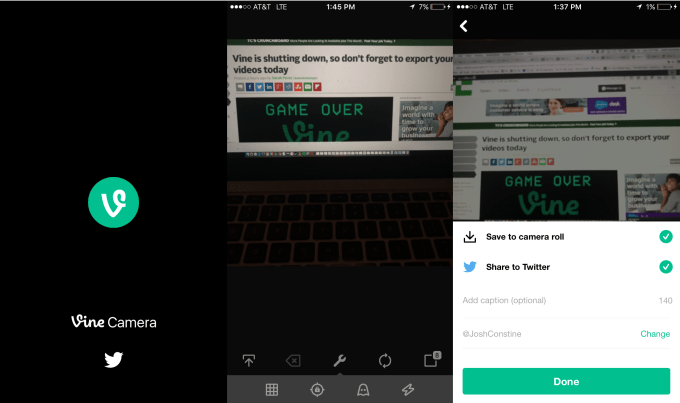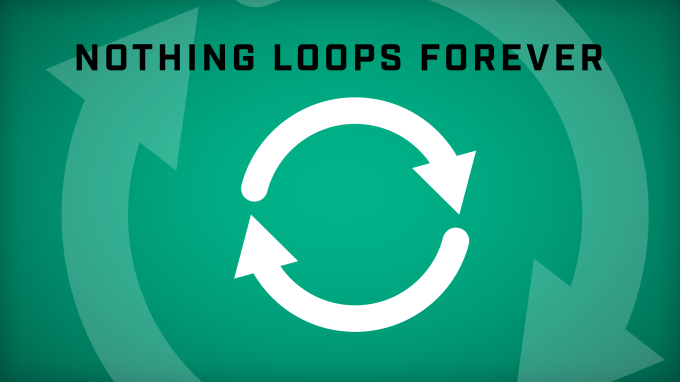Vine as we know it is dead. Today Twitter turned off sharing, liking, commenting and revining in Vine, and released its successor, Vine Camera, as an app update on iOS and Android. It has also discontinued the Vine Windows Phone app.
 For now you can still open the old Vine app if you don’t update, where you can view your old feed and profile, and download your videos. But Twitter confirms to me that eventually if you don’t update to Vine Camera, the app will stop working and you won’t have any functionality.
For now you can still open the old Vine app if you don’t update, where you can view your old feed and profile, and download your videos. But Twitter confirms to me that eventually if you don’t update to Vine Camera, the app will stop working and you won’t have any functionality.
There’s not much of a walk-through to give for Vine Camera. It’s basically just the camera screen of the old app with no social network attached. The grid, focus lock, ghost line-up and flash tools are still there, but you’ll no longer be able to use the Vine Soundboard, Snap-To-Beat or Featured Track soundtracking tools.
Once you shoot a video, a sharing screen appears with options to save to your camera roll and post to Twitter turned on by default. You can add a caption or change which Twitter account you share from, but that’s it. Vines shared on Twitter are hosted in their tweets on the Twitter platform and don’t show any Vine logo.

As we reported earlier today, Twitter will now loop all videos under 6.5 seconds, whether they’re from Vine or elsewhere.
Founded in 2012 and acquired by Twitter just before its launch, Vine pioneered the extremely short, looping video format. It became a breeding ground for teen fads, internet memes and remix culture. Funny video clips and strange sounds would quickly be recycled and recontextualized by the Vine community, creating both innovative humor and asinine inside jokes. Eventually, an oligarchy of star creators emerged who starred in and cross-promoted each other’s Vines until they ruled the Popular and Comedy pages.
But as YouTube endured, Instagram added video and Snapchat’s Stories rose to popularity, video makers fled Vine for its competitors, and viewership sank. Meanwhile, its parent company, Twitter, struggled with user and revenue growth, eventually deciding to cut costs by ceasing to curate or host Vine videos. Rather than completely shut it down, Twitter gave Viners time to download their videos before freezing the attached social network and re-releasing the app as a stripped-down Vine Camera.

Now the question is whether Twitter plans to put any additional development work into Vine Camera to keep it relevant with other photo and video apps like Instagram and Snapchat, or whether it will allow it to just fade from memory.
